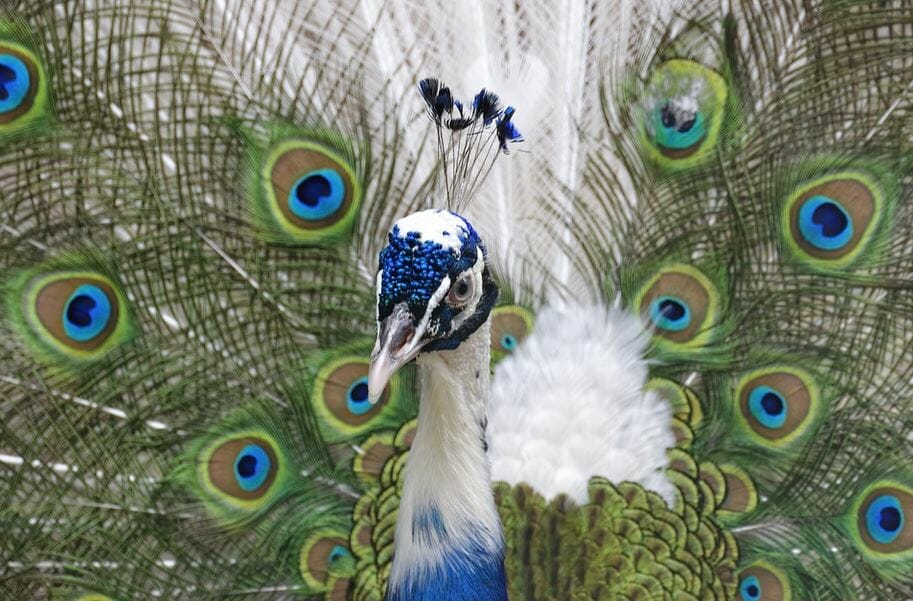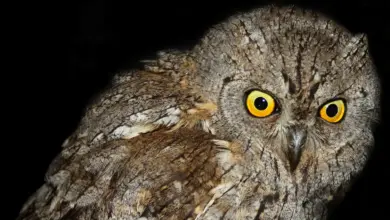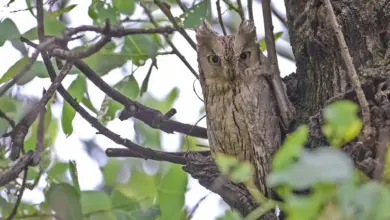Emerald-spotted Wood Doves
The Emerald-spotted Wood Doves (Turtur chalcospilos) – also known as Green-spotted Wood Doves or Damaraland Emerald-spotted Wood Doves – are abundant throughout their large range in the central, eastern and southern regions of the African continent.
They are closely related to the Black-billed Wood Doves (Turtur abyssinicus) with whom they have formerly been considered conspecific (one and the same species). Their range overlaps in a limited area in Ethiopia, extreme south-east Susan – and on rare occasions in north-west Kenya and north-east Uganda.
The western populations were in the past split up as race Turtur chalcospilos volkmanni and the eastern as Turtur chalcospilos zambesiensis based on some slight geographic variations; however, the variants are now by most authorities lumped together as one single species (monotypic).
Distribution / Habitat
The Emerald-spotted Wood Doves occur in the drier parts of tropical Africa in a belt south of the Sahara Desert and north of the equator.
Their range stretches from southeastern Sudan, Ethiopia and western Somalia, south through eastern Africa to northern Namibia, northern Botswana and Natal. They are also found in coastal Gabon south to southwestern Angola and South Africa.
These smallish ground doves are resident (non-migratory) throughout their range, and are commonly found in lightly and densely wooded forests and second growth with Mopane trees. They appear to avoid evergreen rainforests and semi-desert areas. However, they have also adapted well to living in urban areas, making their homes in gardens and parks, and nesting in human-built structures.
These pigeons are usually seen alone or in pairs, but may form large flocks at waterholes or at favored feeding areas.
Description
Emerald-spotted Wood Doves are small plump pigeons that measure 7.5 – 8 inches (19 – 20 cm) in length and weigh about 2.3 oz (65 grams).
Southern populations have dull reddish black-tipped bills and those found in the northern regions entirely black bills; they were previously separated as subspecies, but then combined into one.
The back, wings and tail are pale grey-brown. The folded wings have distinctive dark metallic green patches. There are two dark bands across the lower back and tail. The forehead, crown and nape (back of the neck) are bluish grey, fading to whitish on the face.
The plumage below is a creamy a pinkish cream, turning white on the abdomen.
The legs are purplish and the eyes brown.
Flight: Their flight is quick and characterized by regular beats and occasional sharp flicks of the wings; and they generally fly low. In flight, the chestnut markings in the underwings are visible.
Gender ID: Males and females look alike.
Juveniles are duller overall, including duller green wing spots. They have buff fringes to the feathers.
Nesting / Breeding
Emerald-spotted Wood Doves are monogamous, establishing firm bonds that last a lifetime. They build flimsy nests out of sticks in the branches of trees or shrub well hidden in dense green foliage. The average clutch consists of 1 – 2 cream-colored eggs. The parents take turn in incubating the eggs for about 13 – 17 days to hatching; and raise the young jointly to independence
Diet / Feeding
Emerald-spotted Wood Doves mostly feed on various seeds (mostly grass seeds), berries and termite alates (swarming termites). Most foraging occurs on the ground.
Calls / Vocalizations
Their calls are described as a soft long coo-coo, followed by a series of slow descending coos lasting about 10 seconds, and ending with 4 seconds of rapid coos that decrease in volume.
- Sound recording 1 / Sound Recording 2
Alternate (Global) Names
Afrikaans: Groenvlekduifie … Chinese: ???? … Czech: Hrdlicka zelenoskvrnná, hrdli?ka zelenoskvrnná … Danish: Smaragdpletdue … Dutch: Smaragdvlekduif … Estonian: savanni-halatuvi … Finnish: Uikuttajakyyhky … French: Colombe à bec noir, Colombe émeraudine, Petite tourterelle émeraldine, Tourtelette émeraudine, Tourterelle émeraudine … German: Bronzeflecktäubchen, Bronzeflecktaube … Italian: Tortora boschereccia macchiesmeraldo, Tortora macchiata di smeraldo … Japanese: midorimadarabato, ???????? … Kwangali: Sitenderenkutji … Norwegian: Blåhodedue, Grønnflekkalvedue … Polish: turkaweczka zielonoplamkowa … Portuguese: Rola-esmeraldina … Russian: ????????????????? ?????? ??????? … Shona: Mutondo … Slovak: bronzovka lesná, Hrdli?ka bronzovoškvrnná … Siswant: Sigulugwane … Spanish: Paloma de Alas Verdes, Palomita Aliverde … Swahili: Pugi-kituku … Swedish: Smaragdfläckduva … Tsonga: Xivhambalana … Xhosa: Ivukazana … Zulu: isiKhombazane-sehlanze





